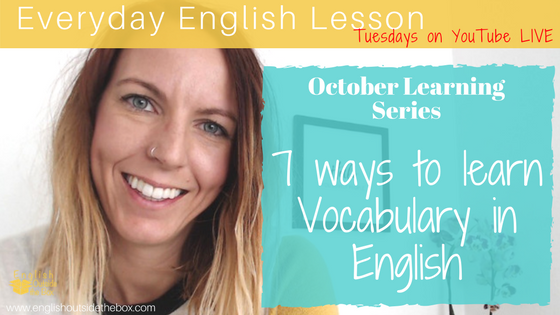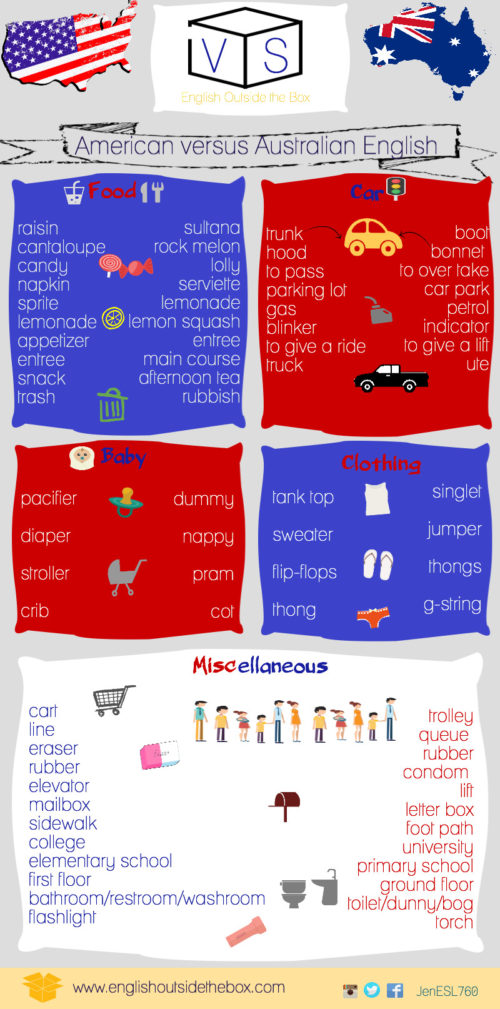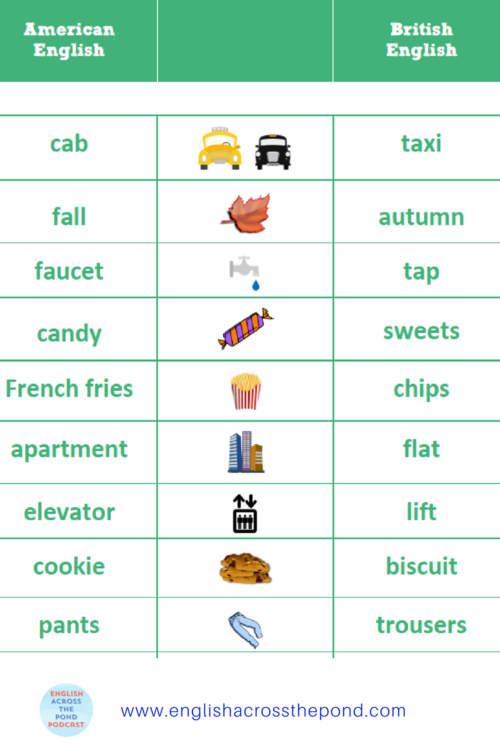
7 Ways to Learn Vocabulary in English
What’s the key to English fluency and success? You must understand that English fluency is like a big 100000 piece puzzle that takes dedication, hard work, lots of thinking and strategy, as well as knowing what pieces are needed to finish it. A lot of those pieces (to the English fluency puzzle) are a variety of vocabulary skills. You need vocabulary to speak, read, write – you need vocabulary to communicate and express yourself in English! Let me help you with that….
As you know, every Tuesday we have a new Live Lesson here on this blog and on my Youtube Channel that helps English learners around the world to improve their English skills for business, travel, studies and much more. These lessons are called Everyday English Lesson and will help you become fluent, to be comfortable while speaking and expressing yourself in English, and to be able to communicate with confidence.
With that said, today’s lesson is another resource for you to improve your English vocabulary. Today you’re going to learn:
- 7 ways to learn Vocabulary in English
- how to challenge yourself with fun exercises
- about some other teachers involved in October’s learning plan
Let’s do this!
If this is not your first time on this blog, you’ve probably already heard me say that the best way to reach success is setting up realistic goals to help you achieve it. However, your English goal can’t be “fluency”. You need more direct (micro) goals that will help you achieve the bigger (macro) goal that is the fluency. Building vocabulary can be one of these goals.
This month, we are going to come back to, revisit and review last year’s October Learning Plan, a series of lessons, in collaboration with other teachers from around the world to create an amazing resource for you to improve your English skills. Last year our first week focused on ways to learn Vocabulary.
7 Ways to Learn Vocabulary in English
1. Wherever you are…..STOP, look around the room and start naming every object that is around you. This is going to help you see what you already know and what you need to improve. You can do this anywhere.
Watch today’s Live Lesson replay above (on my Youtube Channel) to see an example of me doing this activity with the background behind me.
Behind me, there is a portrait with a picture inside. This is art. It’s inside a picture frame. This is a wall, the wall is painted white. Here we have flowers. But what kind of flowers? They are orchids. It’s sitting in a pot. They are in the corner of the room.
So, you can see that even with the simple background that is behind me, you can practice adjectives and nouns. And to take it one step further, you can create complete sentences and describe what you see.
******
VOCABULARY CHALLENGE
Name as much vocabulary as you can in the room around you. When you find something that you don’t know, take a picture and post on your Instagram account. Then, tag me at @jenESL760. Make sure to upload this on your story or on your page, so I can repost it and help other learners as well.
******
2. Throughout my Instagram and some of your other favorite English teachers, you can find some new vocabulary and start practicing and using some of these new vocabulary words. I’m going to be posting some past Instagram lessons where I taught different meanings for similar words, to help you learn vocabulary. Don’t forget to check it out!
An example of that can be seen here:
3. The third way you can improve your vocabulary skills is a collaboration project we did last year with Sam from English For Study:
English for Study: 14 Ways to Learn more Vocabulary
(click the title above [in yellow] to read the full lesson)
Read these 14 additional ways to learn, practice and improve your vocabulary.
4. Another way for you to learn is by using pictures.
New York Times: What’s Going on in this Picture?
(click the title above [in yellow] to read the full lesson)
Pictures are always a new, fun and fresh way to learn vocabulary. And a website that I recommend you The New York Times. They have a section called What’s going on in this picture. And you can you use this to practice your vocabulary and identify the words that you don’t know. You want to really challenge yourself and search for new words to describe the pictures.
5. Use Thesaurus.com to find synonyms for words that you already know. This is a great exercise to do with exercise #4 (describing pictures). For example, maybe in a picture you see 2 people talking. Well, you know the verb talk, it’s easy! How can you find other words that mean talk? (converse, communicate, etc..)
To use the thesaurus website, type a word you want to find synonyms for. Then, use the new words to describe the pictures. Then, start using these new words in your conversations.
6. The sixth way that you can learn vocabulary is with the another collaboration project.
English with Kim: Collocations with Do and Sports Activities
(click the title above [in yellow] to read the full lesson)
If you want you to learn more collocations, Kim, from English with Kim has a post teaching common collocations with “do” to help you use better English. Click here to read the full lesson. These common collocations with the word “do” will help you improve your vocabulary, and help you avoid making some mistakes with mixing up “make” and “do”.
7. Finally, the last way you can learn vocabulary is by focusing on differences between American English and Australian English, and on the differences between American English and British English. This can be fun because you can see just how different some vocabulary can be, even with the same language… English!
Review some infographics here:


The great news is that I have collaborative projects with two teachers that can help you see these differences.
Dan (England)- from Better English and I host a podcast called, English Across the Pond, an English podcast.
Adriana (Australia)- from English with Adriana and I have Better Communication with Grammar, a resourceful online course to help you learn grammar.
Follow these projects and see how much a language can differ.
Practice makes perfect
It’s time to get to practicing and start improving your vocabulary! There are 7 exercises in today’s lesson and a lot of ways to connect with English. Start today with the vocabulary challenge mentioned above. Post pictures of items/objects that you don’t know the English word for on Instagram. Tomorrow, choose another activity to do. The following day, complete another task…. get it?
Let me know how these activities work for you, and until next time….
Happy Studying ♥
Love learning with me? Connect with me for more learning opportunities. Join my training programs and live English conversation calls. Learn more and sign up here:
The Conversation Club will provide you with 6 group conversation calls to practice with a real teacher and a group message community to connect with other members.
You will also get weekly English lessons to help your vocabulary, listening, reading, pronunciation, and more!
Try the Club for 1 week, free! Join the 1-week free trial here.
